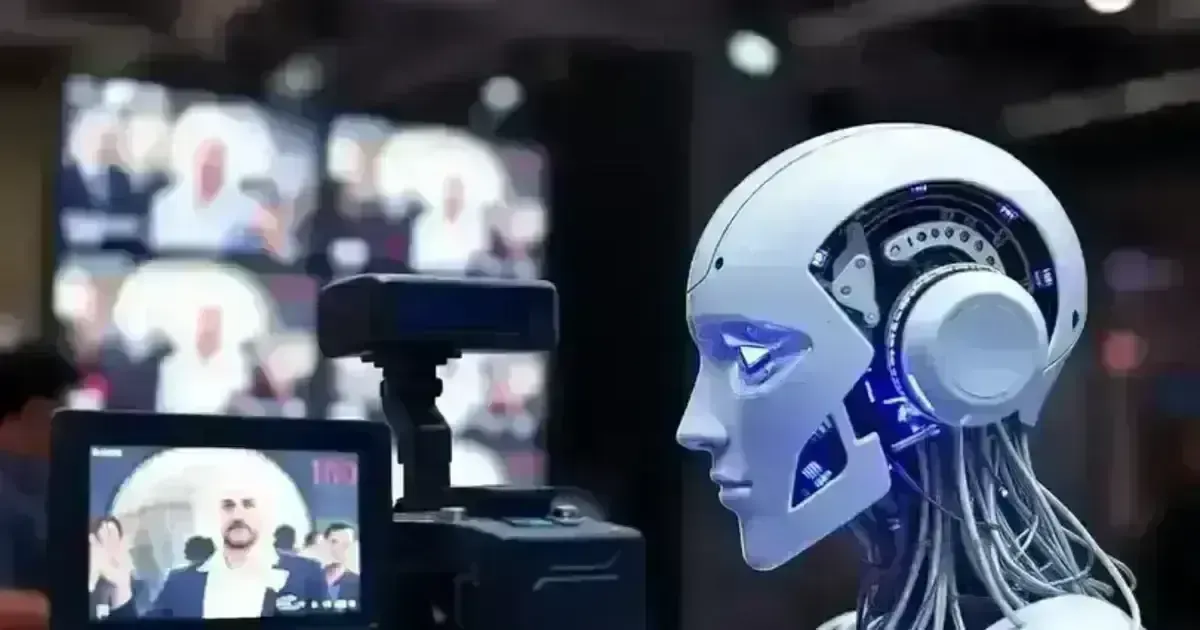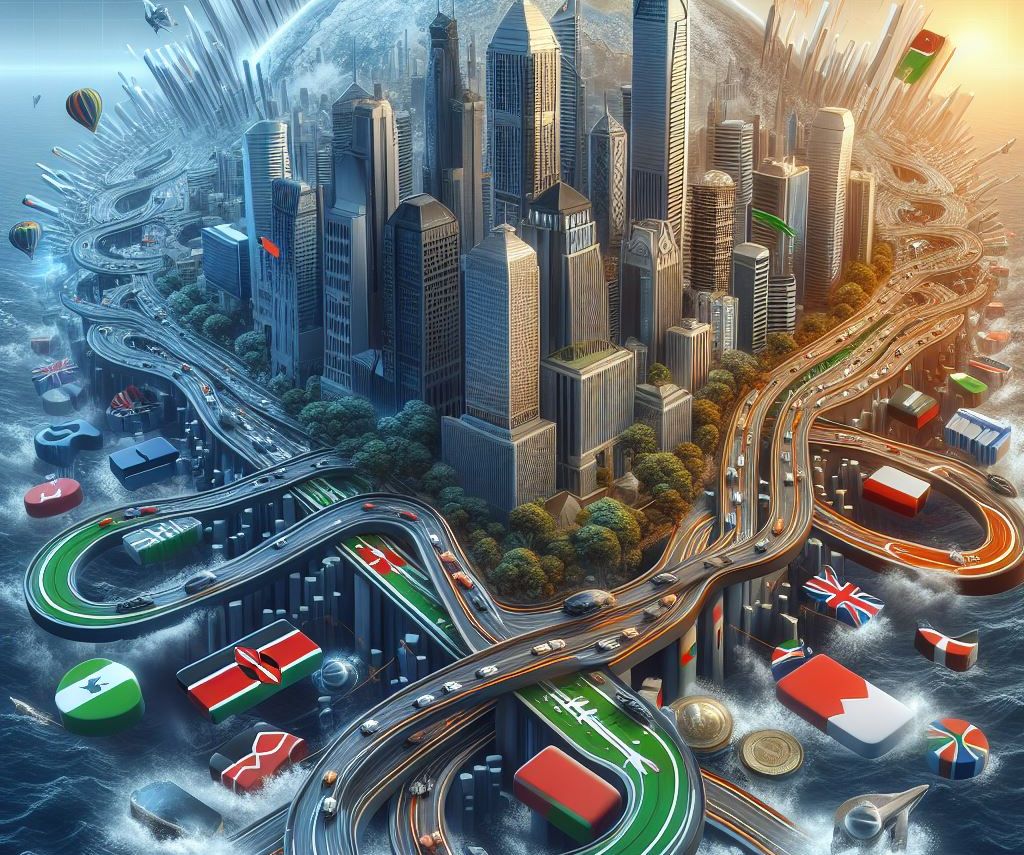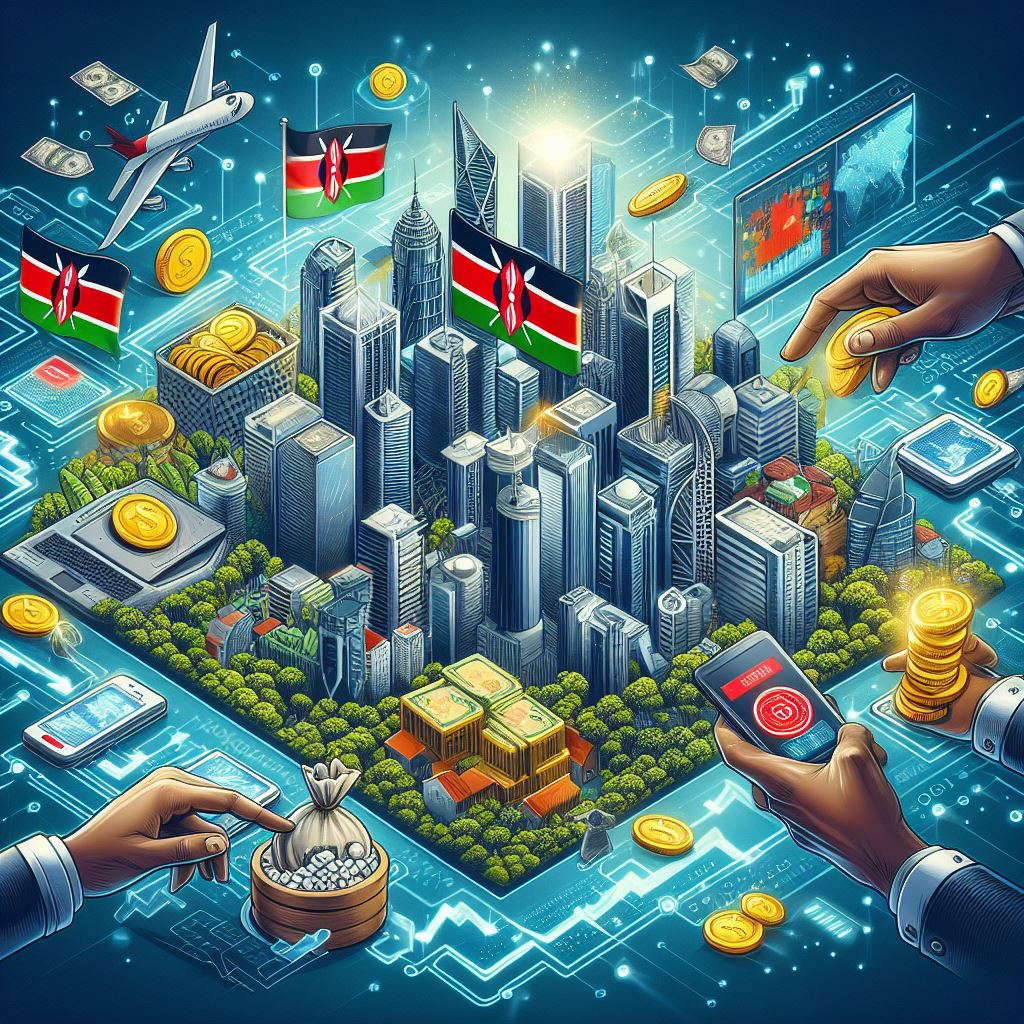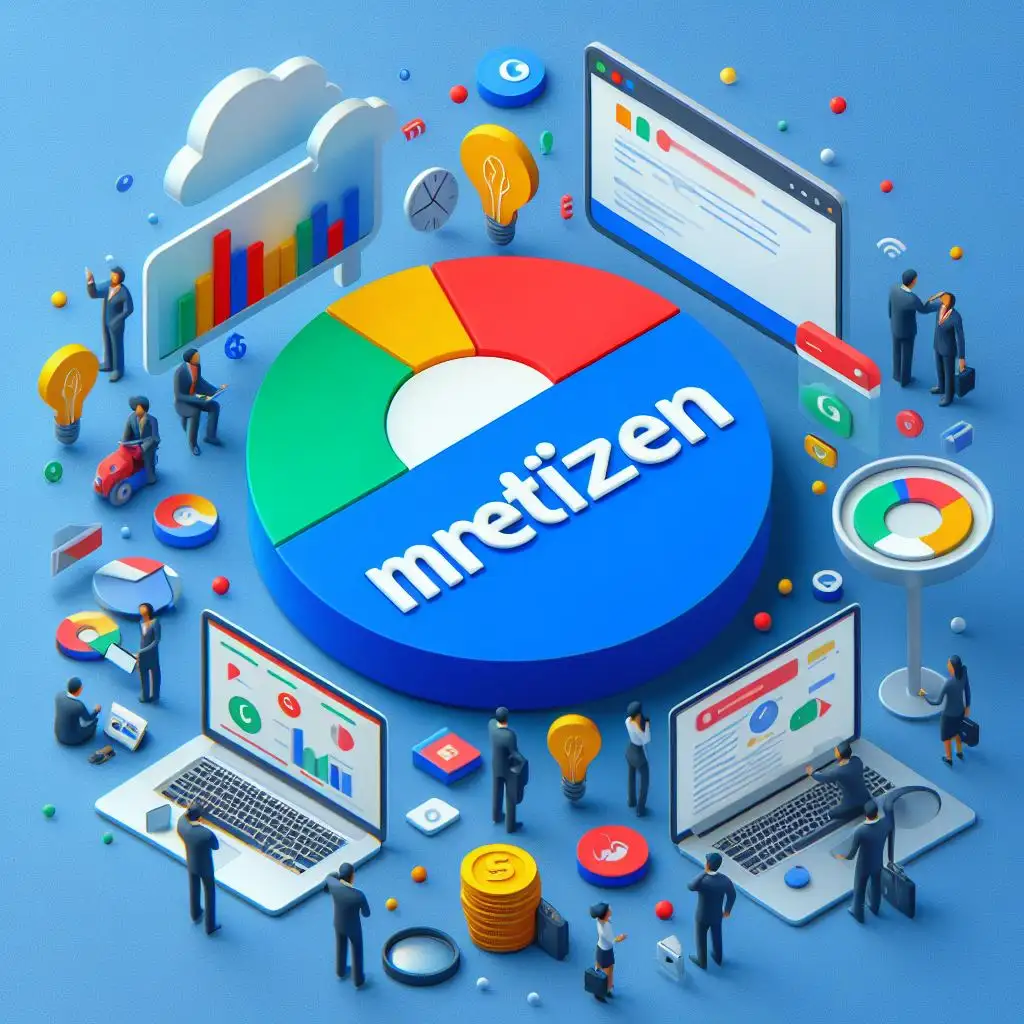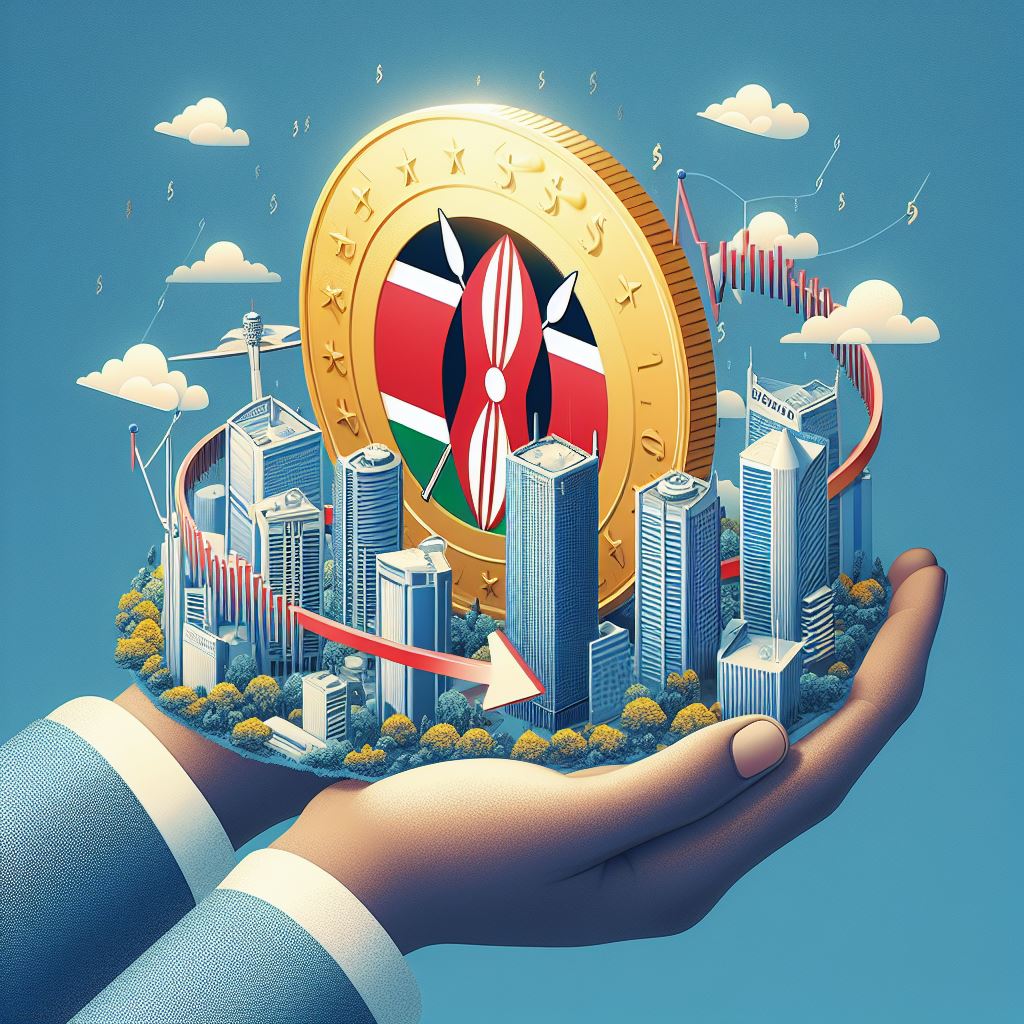Discover how global automakers are turning supply chain disruptions into opportunities for innovation. This article explores the industry's shift toward regionalized manufacturing, digital transformation, sustainability initiatives, and strategic collaborations, highlighting how automakers are navigating global challenges while pioneering advancements in electric vehicles and sustainable production practices.
Introduction
In all industries, the automotive industry has been one of the most evident in terms of the new dynamics of global supply chains in the past few years. Some of the unprecedented challenges that emerged from the COVID-19 included the shortage of semiconductors, tensions between major powers, and volatility in customers’ buying power. Apart from reducing speed, these disturbances have resulted in expensive downtimes, delays and shortage in material supplies that force auto makers to reconsider conventional approaches. This has happened to automotive sector that relies on global networks and just-in-time supply chains it is now facing inconceivable bottlenecks. The repercussions are registered with producers, suppliers, and consumers to demonstrate how sensitive value chain globalized systems are.
These have also been a stimulus for incorporating innovative measures well in the system. This pressure for change has made the automakers to look for a new direction to survive and also to develop. We will look at how key players in auto industry are responding to this threat and transforming their operations through latest innovation in technologies, centralization, and green production. In the shift from being termed as reactive to proactive, the automobile firms are now replicating disruptions as precursors to innovations. Key strategies including digital transformation, partnering with technology players and transitioning to circular economy show that the industry remains relevant and is keen on adapting to new circumstances.
1. Effects of Supply Chain Disruptions
For the semiconductor issue that has brought production to a stand-still around the world, the automotive industry has been the most impacted in the global supply chain. Components including semiconductors which are widely used in the electronic systems in today’s automobiles were in short supply due to disruption of supply chains and a surge in demand from the industries other than automobile. This shortage forced many automakers into temporarily or permanently halting or reducing their output, which actually created some trickle-down effects of no cars in dealerships or long waiting times for those who wanted to purchase cars. Also, challenges or constraints in processing and handling goods owing to port congestions and transport restrictions added onto the problem. These disruptions affected the development of the industry, but more importantly, additive costs rose steeply as manufacturers looked for other cheaper sources for the material necessary to sustain operations.
Apart from the semiconductor shortage, automotive manufacturers encountered problems with supply of other basic materials such as steel, aluminium and rubber necessary to sustain production. These difficulties indicated that over reliance of companies on few suppliers is always a very dangerous thing to do.affecting the entire supply chain dynamics and thus pressuring companies to look for new sourcing models. Led by the increased pressure, several automakers are now changing how they deal with their stocks, with many now adopting more effective and flexible supply chain systems as well as using artificial intelligence-based forecasting systems to predict any probable future shocks. Overall, the described challenges have proven that procurement and supply chains require more robust and less centralized structures that would be able to respond to the changes in a global environment much faster.
2. Shift to Regionalized Manufacturing
To counter disruptions, most automobile companies have embarked on strategies of turning into regional manufacturers to reduce on the stringently established international supply systems. Focusing on own country manufacturing, the firms are able to manage the problems caused by adverse trade relations and volatility of tariffs, as well as transportation issues. Regional Manufacturing helps automakers to obtain materials and components locally, thus overcoming complexities that result from transporting goods across the world and cutting on emission of carbon. Furthermore, local production is advantageous from the point of view of supply chain coordination since it entails direct interaction with locally-based suppliers, which enhances manufacturing flexibility and coordination.
This shift towards regionalization is evident in the fact that some of the key auto makers are now setting up production in key markets in the form of regional centers in places such as North America, Europe and Asia. The Gigafactories spread across the U. S, China and Europe are the best models of regional production which enhances product innovation as well as minimizes the likelihood of supply chain risks. Likewise, the established car manufacturers such as Toyota as well as Volkswagen among others are developing new plants near their main markets with an option of having backup in situations where the supplies from other parts of the world are affected. Such transition signals a major transformation in the automotive industry’s strategic direction as far as production and distribution chains are concerned: the winner tactic is no longer solely low cost but more of the key quality of being resilient and sustainable.
3. Embracing Digital Transformation
Automotive sector is effective on the utilization of computers in manufacturing, demand chain management and customers relation. Digitalisation and new key technologies such as artificial intelligence and machine learning, IoT or big data for that matter are impacting how manufacturers of automobiles perform their duties. To avoid risk of disruptions in supply chains, AI based tools are being used for predicting disruptions, analyzing big data and automating processes. Such systems also help manage issues in real-time, so that it does not affect the operations and productivity of companies thus lowering the risk of costly delays. For example, predictive analysis can predict that a disruption could happen through accessing records of similar disruptions in similar situations and conditions such as weather conditions, political instabilities or market forces.
However, with the help of digital technologies such as the manufacturing of a digital twin – a digital model of actual production systems automakers can simulate their assemblies lines and optimise them. This technology lets manufactures experiment with new changes and evaluate the flaws of the process before making changes in the actual manufacturing line, thus reducing risks to the company and increasing the speed of production. Furthermore, through sensors which are connected to IoT, machineries and vehicles can be monitored to give timely figures which work out the best possible time for maintenance hence reducing instances of equipment breakdown. In this respect, with the advancement of digital transformation, auto makers are also able to search for new ways in improving the efficiency of production, driving down cost and improving product quality while their ability to cope with future uncertainties is also reinforced.
4. Sustainability, and Circular Economy Strategies
More car manufacturers are now concentrating on the issues to do with supply chain, but at the same time, many of them are also paying a lot of attention to concerns of sustainability and the environment since customers are now more conscious of products and practices that are friendly to the environment. One of the most apparent trends affecting automobile manufacturers is the transition towards EVs since firms seek to cut their carbon footprint or meet higher standards of environmental legislation. Still, there are also general environmental management strategies employed by car makers, for example, the minimization of wastes, increasing the efficiency of energy use in production, the promotion of circular economy. Companies are not only Recycling today and saving the planet earth from pollution, they are also finding other ways of making revenue from the Recycled materials.
One of the most famous examples of this transition is the BMW Company’s strive to decrease CO2 emissions both in the supply chain, obtaining components from eco-friendly materials and powering their manufacturing plants with renewable energy sources. While other car manufacturers such as Volvo and Tesla are at the forefront in the efficiency of recycled material in their automobiles and management of the whole life cycle of their products. These sustainability efforts can no more be relegated to being compliance to regulations; they now form part of a company’s DNA as a vehicle manufacturer with core consideration being the need to produce sustainable automobiles and business models hence the change of guard in the boardroom among other things. Many automobile manufacturers are gradually implementing circular Economy systems, which makes them ready to operate in a context where resources and environmental concerns are the key issues.
5. Collaborations and Strategic Partnerships
As automakers face rising pressures, they are becoming more reliant on partnerships to build up their competitive capabilities and create more value in the marketplace. Modern vehicles also have intricate structures such that the production requires expertise in fields like software development of batteries, Artificial intelligence, which most of the established automobile manufacturers may be lacking. To fill this gap, manufacturers are entering into partnerships with tech houses, new entrants and even rivals in order to share human and financial capital and knowledge fully develop new forms of technologies. It will be noted that strategic partnerships are most essential in such segments as autonomous driving due to the necessity of using sensors, machine learning, and artificial intelligence in these segments.
For instance, Ford has partnered with Google and integrated advanced data analytical tools in Ford industries’ operations functions as well as supply chain and customer relations. In the same manner, current projects of the automotive industry such as General Motors and LG Chem building a battery factory in the U. S. demonstrated the role of partnerships in setting the necessary foundation required in the transition towards the EV era. Aside from technology, car makers are also partnering with respective governments and environmentalist organizations with a view of going green and therefore, minimizing on emissions. These partnerships are crucial for the automotive manufacturers to sustain the market competition especially amidst evolving technologies and rising environ-mental conservation standards.
Conclusion
Many of the disruptions that are currently observed around the world have a direct impact on the automotive industry, requiring the management of automotive companies to continuously revise their approaches and looking for ways to transform the processes at all levels. The automotive industry is showing incredible adaptability in the face of great uncertainties ranging from moving toward regionalized manufacturing to the integration of revolutionary digital technologies into manufacturing. Another issue has also been identified as sustainability where firms are acquiring and using electric cars together with deploying circular economy business models to achieve sustainable operations. Innovative partnerships that except new knowledge and capabilities are also opening up ways of advancing automobile expertise, as well as assisting producers to cope with the challenges of a quickly maturing industry.
Finally, one is able to conclude that future success of the automotive industry shall depend on its ability to respond to these global disruptions. Civilization that are now able to manage innovation, sustainability, and resilience will be in a good place in a disturbed world. As worrisome as the difficulties are, they also constitute a chance to reinvent the car makers’ strategies and set out for new pathways toward a more sustainable, technologically advanced future. In this period of transformation, the industry's focus on adaptability and long-term vision will ensure its survival and prosperity.






